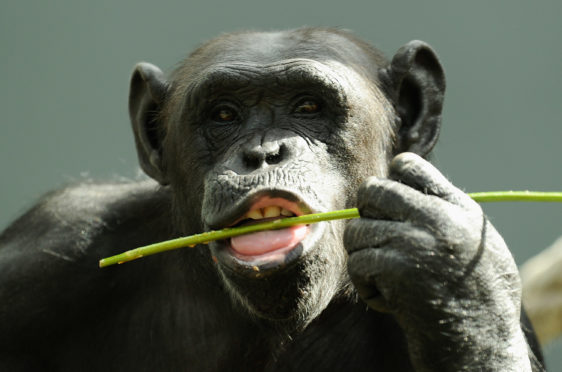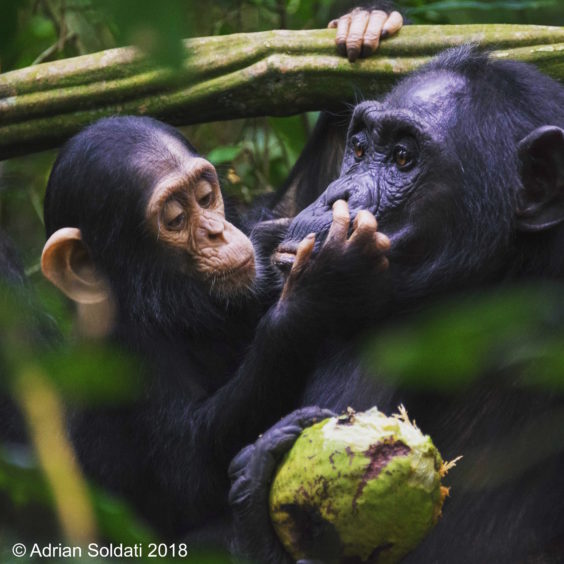A study by scientists at St Andrews has found further similarities between humans and chimpanzees.
A team of researchers including academics from St Andrews University, Leipzig University and the Max Planck Institute for Pyscholinguistics in the Netherlands discovered that chimps can “use” others to get what they want, in a similar way to humans.
The study, which has been published in the Journal of Comparative Psychology, presented a group of semi-wild chimpanzees with an apparatus which would release juice from a distantly-located fountain.
Any individual chimpanzee could only either push the buttons or drink from the fountain but never push and drink simultaneously. Thus, to get the desired juice, another individual was needed.
During the testing, one adult male used other individuals more than 100 times to drink juice.
He retrieved them from the spacious enclosure, pushed them towards the apparatus and repositioned them.
If they failed to push the buttons, he then pushed them again towards the buttons or started begging by blowing raspberries and reaching out.
Dr Manon Schweinfurth of the School of Psychology and Neuroscience at St Andrews said: “While there is good evidence that social animals show elaborate cognitive skills to deal with others, there are few reports of animals physically using others like physical tools.”
Boffins described the chimps who help others to carry out tasks as “social tools”.
BLACK FRIDAY OFFER: Two years of unlimited access to The Courier Digital — at better than half price!
Social tools, they said, perform an action that cannot be fully controlled by the social tool user.
Using this strategy, the social tool user increased his juice intake drastically, while social tools did not receive any juice from their action.
It adds to the growing understanding of how alike we are to chimps, which are our closest living relatives.
St Andrews researchers recently revealed that children aged one to two years old on the cusp of learning language use many of the gestures observed in great apes.











